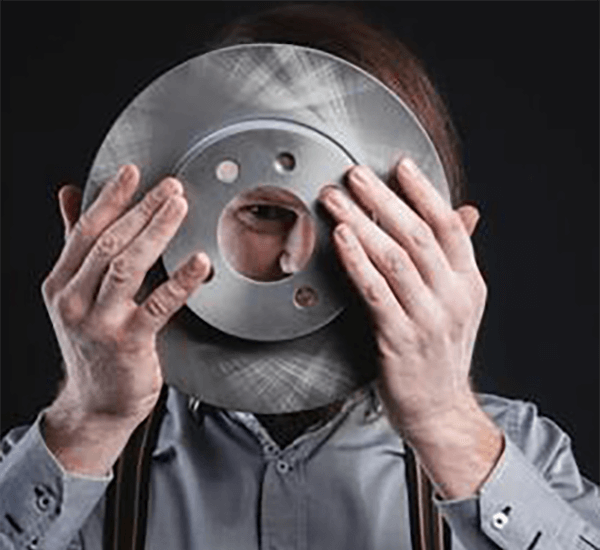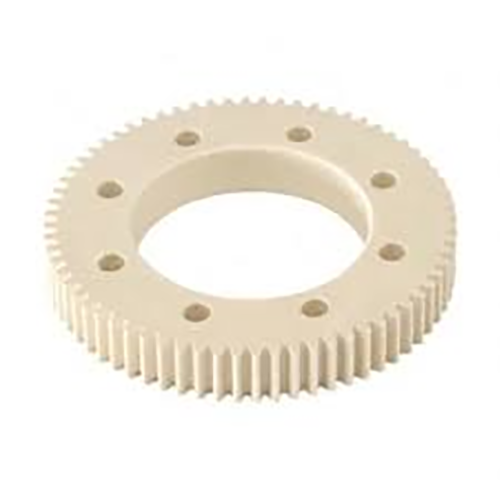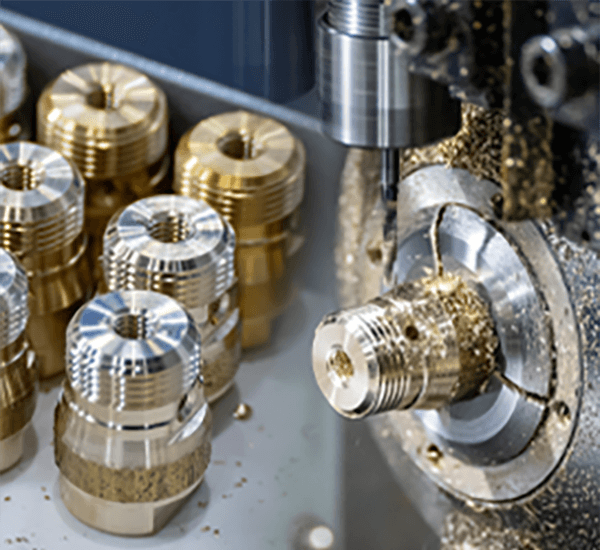just in time ready prototype finishing for product development

Obtaining designated surface condition on a machined article is of paramount importance.
- Design documents set out definitive finishing requirements for parts
- Callouts frequently reference metrics such as Ra (average roughness) for roughness quantification
- Comprehending finish specifications is crucial to meet operational standards
- Prescribed surface characteristics govern lubrication, abrasion, and longevity
- Proper decoding of specifications is critical to deliver the expected finish
CNC Machining — Precision Engineering Explained

Numerical control machining stands as an advanced production approach via numerical control software the system carves sophisticated geometries with precision.
- This process enables the creation of high-quality parts from a wide range of materials
- The versatility of CNC machining makes it ideal for aerospace, automotive, medical, and electronics
- Programmed machining assures dependable consistency across manufacturing cycles
From small prototypes to large-volume runs CNC machining performs a central function in today's manufacturing landscape
Deciphering CNC Machine Specifications
Decoding CNC machine specifications can feel daunting at first glance
In contrast, measured learning and order help you traverse technical specifications
Set out by finding key metrics: spindle speed, feed settings, positional accuracy, work envelope, controller
All these parameters affect the tool’s total functional output.
For example a higher spindle speed is suitable for softer materials while a faster feed rate is essential for increased production.
Appreciating such links enables selection of equipment fit for your objectives
Always examine producer technical literature in detail.
Provided manuals commonly contain clarifying information and define jargon
What You Should Know About CNC Machines
Numerical-controlled machines are computer-guided systems for accurate automated manufacturing across substrates Operation relies on parsing G-code directives to manage cutting devices and toolpaths.
- Frequent CNC varieties include mills, lathes, routers, plasma cutting machines
- Machining methods apply across metals, plastics, wood, and composite substrates
- Furthermore CNC machines allow for rapid prototyping and low-volume production runs making them valuable assets for small businesses and research centers
CNC Fundamentals and Principles
They illustrate synthesis of mechanical precision and computerized control logic Versatile machinery employs programmed code to autonomously produce simple parts and complex assemblies The central concept is rendering digital designs as physical parts.
- Computer Numerical Control machining
- Digital-to-physical process
It follows systematic positional moves controlled by code Engineers contribute by setting machining variables, overseeing runs, and assuring product standards.
Influence of Finish on CNC Operations
Attaining target texture in CNC processes is critical It determines product function and aesthetic quality The type of material being machined the cutting parameters used and the post-processing operations all contribute to the achieved surface texture.
Refined surfaces boost longevity; rough surfaces can diminish functional performance CNC systems provide diverse tooling and strategies to reach required finishes.
- For example using different cutting tool geometries |carbide alloys|cutting velocit
 y selections to shape surface
y selections to shape surface - Alternatively post-processing methods like polishing grinding sanding can be employed to improve the surface finish
Appreciating the link between settings and surface quality helps achieve ideal finishes.
An Introduction to CNC Machine Operation
CNC machining is a precise method of manufacturing that employs computer-controlled machinery to shape parts from various materials They execute coded toolpaths to create intricate parts repeatedly Familiarity with programming, tooling, and machine operation is key to process success
CNC applications stretch across aerospace, automotive, medical device, and electronics industries From engine components to precision tooling, CNC enables production of sophisticated geometries
Surface Finish Callouts for CNC Machined Parts
Precise surface specification proves essential in CNC machining It secures that the final item meets both functionality and looks Manufacturers often rely on Ra (roughness average) to represent surface finish This numerical value expressed in micrometers inches or millimeters indicates the average height of surface irregularities.
Evaluate both finish smoothness targets and the operational application before specifying

Generally fine finishes benefit components requiring precision alignment and tolerance
Rougher textures often suit parts intended for grip or high-friction contact
Provide specific finish callouts in engineering drawings to communicate texture needs Provide the roughness average and detail supplemental processes or treatments needed.
Understand that effective surface annotations are critical to production success
Classification of CNC Machines and Uses
The world of CNC machining is vast and diverse with a wide array of machines designed to tackle various types of tasks They use CAD-generated toolpaths to control tooling for exact component production.
- Mills shape slots pockets and complex contours through rotary cutting
- Lathes excel at producing round parts such as shafts rods and bushings
- Laser systems produce fine kerfs and detailed shapes in thin materials
Pick machines based on material compatibility, feature detail, and dimensional demands Varied CNC functionalities equip manufacturers in industries from automotive to aerospace.
Obtaining High-Quality Surface Finish with CNC
Achieving a superior surface finish is crucial in numerous manufacturing processes and CNC machining offers an exceptional method for achieving this goal By combining feed optimization spindle settings and cutter geometry selection operators reduce patterning and improve finish Coupled with high-quality tools and correct fluid use, finish quality is elevated Optimized cutting plans and meticulous setup procedures help achieve premium finishing.
Programming for Surface Finish in CNC
Programming skills that affect finish are critical for reaching surface goals Combining feed, speed, and tool form strongly affects surface pattern and roughness Deliberate parameter selection and optimized lubrication enable near-flawless finishes.
- Plus regular inspection and maintenance of tools copyright finishing standards Additionally routine tool checks and upkeep maintain consistent finish quality Plus regular inspection and maintenance of tools copyright finishing standards
- To optimize surface finish programmers should consider factors like material type desired surface roughness and the application requirements
- CAM previews let programmers modify strategies to avoid finish defects
- Continuous tool maintenance and oversight preserve high finish consistency
